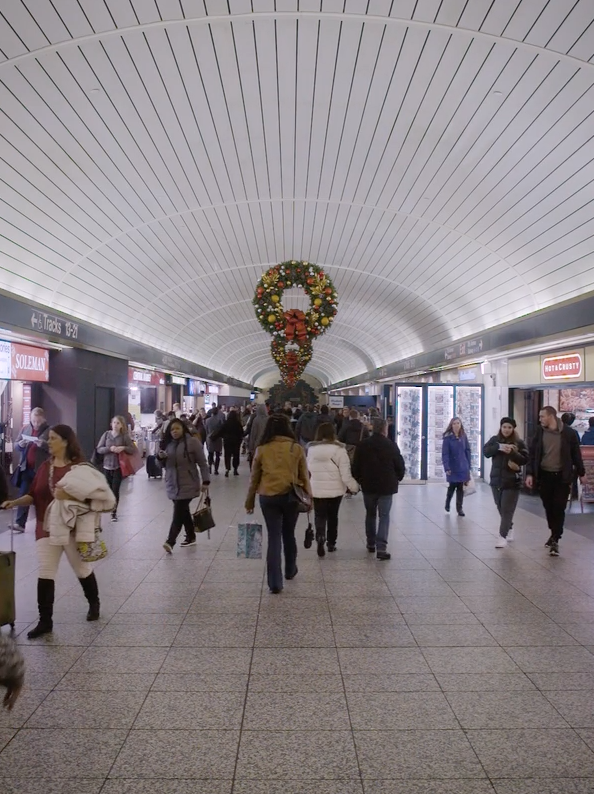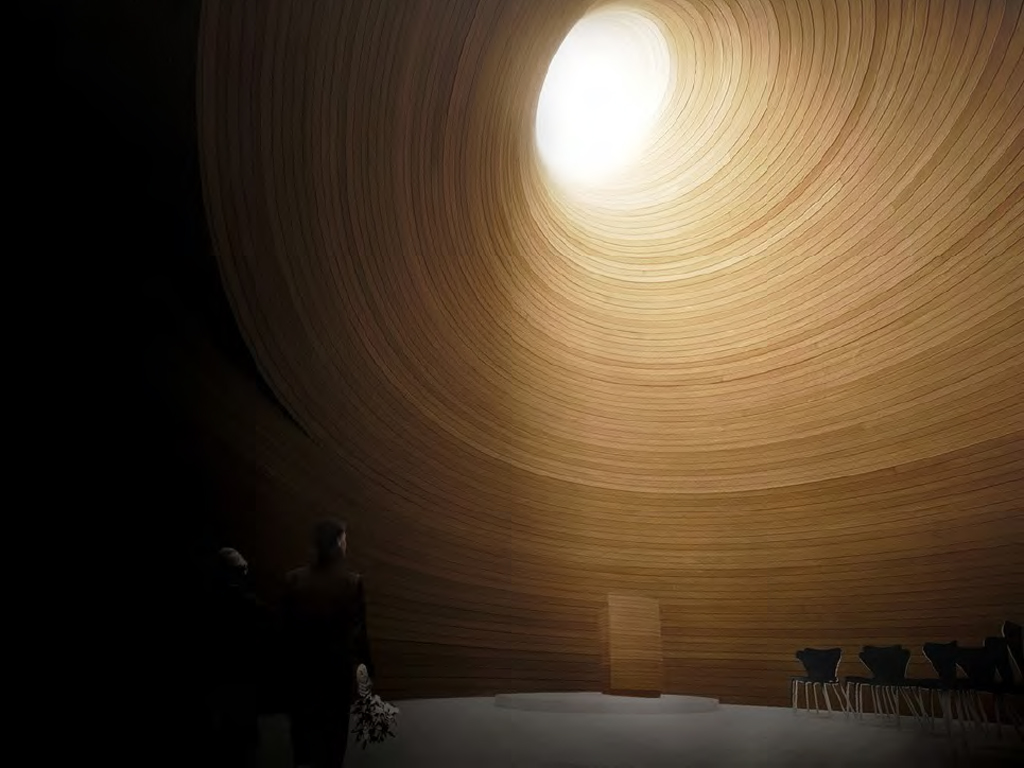“Nothing has changed the nature of Man so much as the loss of silence.”
Have you ever felt overwhelmed or nervous in your day to day environment?
I sensed the relationship more clearly when I suffered a Bell's palsy two years ago, which lead to sensitivity to sound (hyperacusis). Going out to the street was frightening, the sounds of the city were driving me crazy and altering my nerves.
Noise pollution is a bigger problem than we may think of.
Your emotional response to noise pollution can be significant, so much so that it has a specific name: noise annoyance.
Noise derived annoyance and stress contribute to many other issues such as mood changes, decreases in performance, lack of concentration, argumentativeness, nervousness, nausea, and headache. [1]
Annoyance can vary widely between different people. As well as the type and volume of the sound, other factors include how much it interferes with your activities, the fear you feel associated with the source of the noise, your coping mechanisms and even your belief about whether the noise is preventable. [2]
Chart showing basic sounds in a decibel scale - Sound Instruction (2014)
Hence the importance of projects like Sounds of New York City (SONYC), which has the goal to help city agencies monitor and enforce noise pollution, through the creation of an aural map.
The program created a system for a constant monitoring of noise at city scale. In this network, citizens are empowered by apps that help them report, while sensors throughout the city make use of cutting-edge machine listening methods to accurately identify the source and measure the acoustic environment. [3]
It's a sort of Shazam for urban sounds.
Demo of the system displaying the algorithm in action - Sounds of New York City (2015)
This has a lot of value for research and city planning. For example, you can begin to correlate sounds to specific traffic patterns, or analyze how the construction noise near schools can affect student's performance.
Understanding the sonic environment is fundamental. We tend to get used to sounds, but we don't notice the impact it has on our behavior.
If you evaluate an environment like the office you will probably notice it is in fact too loud, which can add to your stress levels. As a practice take a minute and listen… you’ll probably hear many sounds that you’ve trained yourself to ignore.
“During the Middle Ages, smell was the unspoken plague of cities. Today it is sound. Streets, public spaces, bars, offices, even apartments and private houses can be painfully noisy, grim and enervating. And we seek respite.”
We must take into deep consideration the distinctive sounds of the spaces we design.
As Michael Kimmelman affirms in his exceptional article "Dear Architects: Sound Matters", sound may be invisible or unconsciously perceived, but that doesn't make it less architectural material than wood, glass, concrete or light. [4]
Everything is connected. Space shapes sound — sound shapes our experience of space.
As happens with music and poetry, not only sounds are significant. In occasions what is needed is the suppression of noise and a design that focuses our attention on our own existential experience.
In contrast, we can speak of a different kind of architecture, an architecture of silence.
Architect and author Juhani Pallasmaa makes this point stand out as one of the greatest and most beautiful aspects of sound in architecture [5]:
“The most essential auditory experience created by architecture is tranquility. Architecture presents the drama of construction silenced into matter, space and light.
Ultimately, architecture is the art of petrified silence.”
The energy of sound envelops our life.
It can give strength and boost our energy, lighten us with music or provide a much needed space of peace in our era of hysterical consumption and noise.
Don't underestimate the subtleties.
Further learning:
A 1-hour masterclass on Multi-sensory Design: learn the basics of human perception and strategies to create more delightful products and experiences
References
(1) Goines, Lisa, and Louis Hagler. “Noise Pollution: A Modern Plague.” Southern Medical Journal vol. 100: Mar. 2007, pgs 287–294.
(2) Stansfeld, S. (2016) How Noise Pollution can Affect Your Health. Retrieved September 20, 2017 from: http://www.independent.co.uk/life-style/health-and-families/features/how-noise-pollution-can-affect-your-health-a6853746.html
(3) SONYC Project. (2015) Sounds of New York City project. Retrieved September 19, 2017 from: https://wp.nyu.edu/sonyc/
(4) Kimmelman, M. (2015). Dear Architects: Sound Matters. The New York Times. Retrieved September 18, 2017 from: https://www.nytimes.com/interactive/2015/12/29/arts/design/sound-architecture.html?mcubz=0
(5) Pallasmaa, J. (2012) The Eyes of the Skin. Great Britain: Wiley-Academy.








